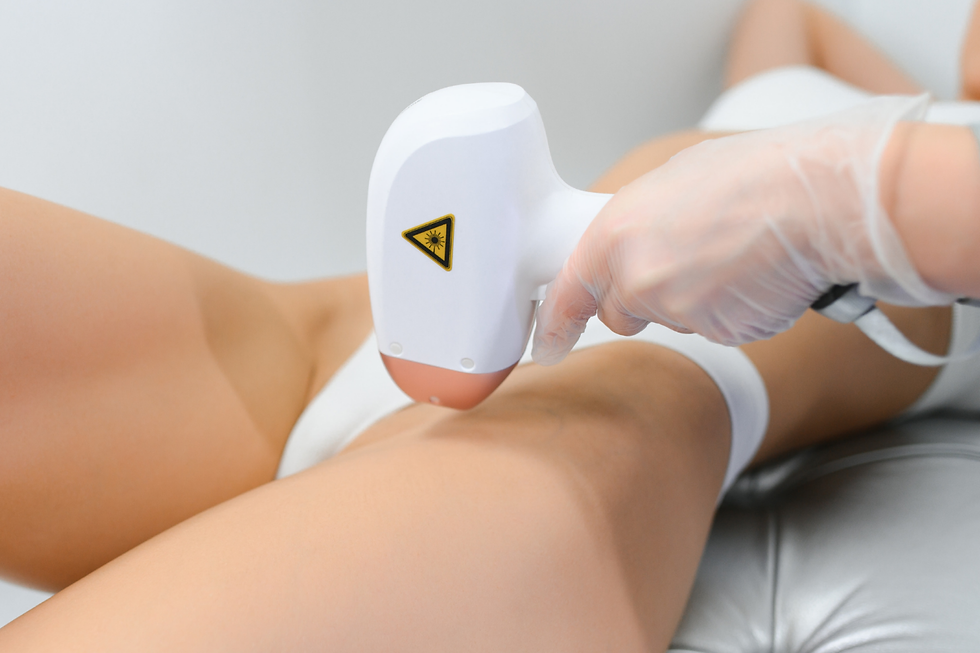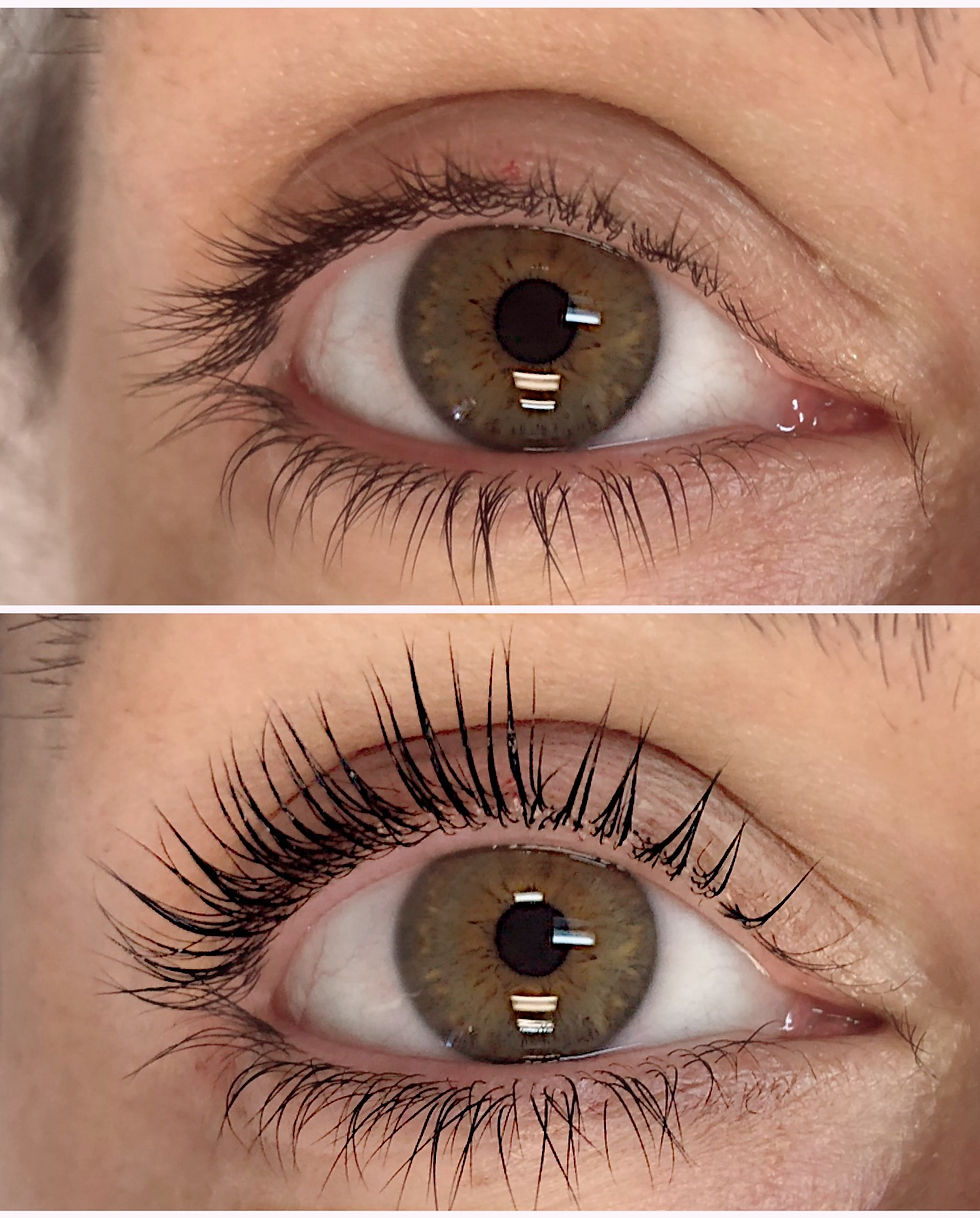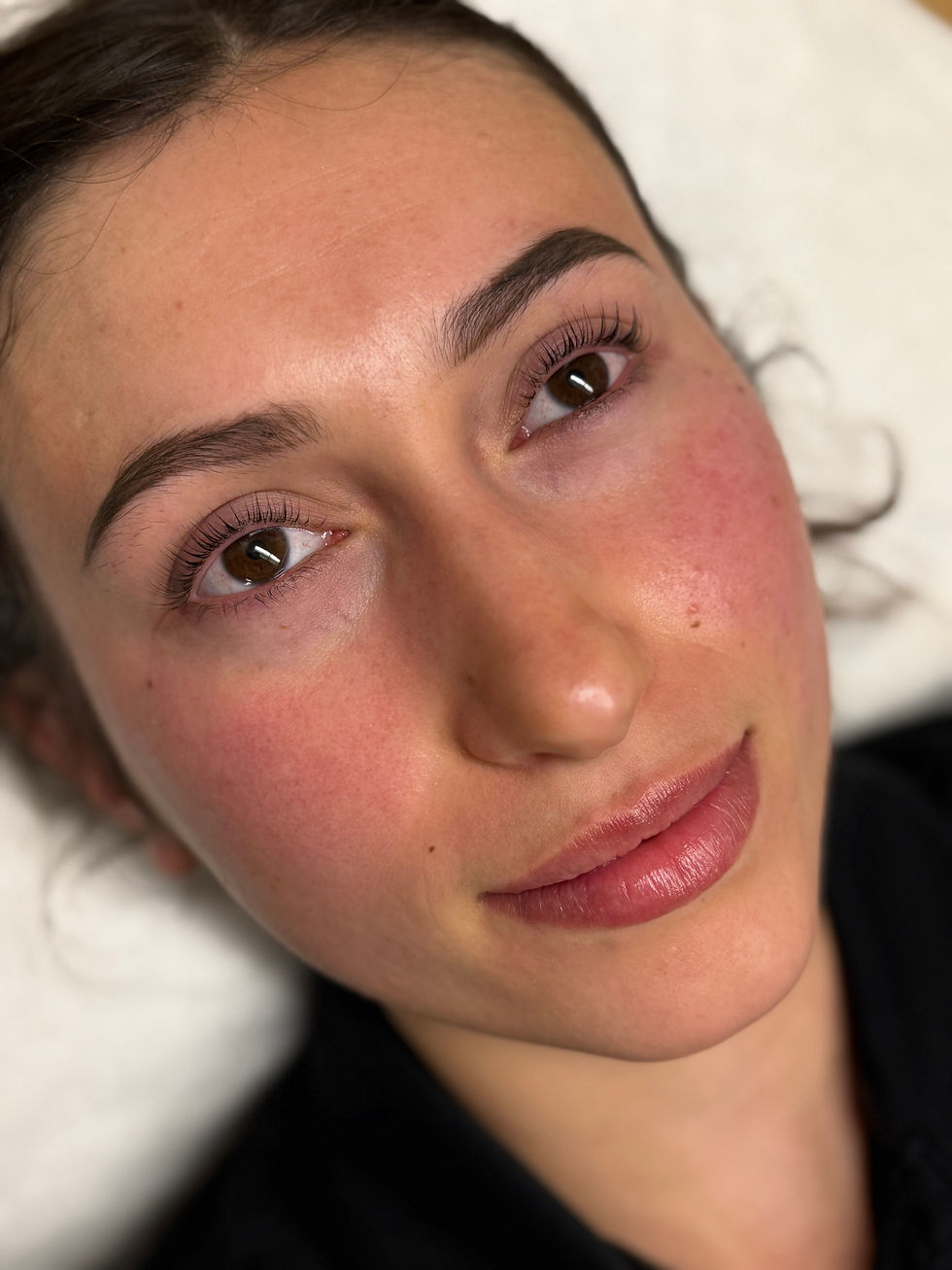What is the Difference Between Lasers and IPL?
- amandargabbard
- Sep 21
- 3 min read
Lasers are exceptionally effective for a wide range of aesthetic treatments. These include skin resurfacing, which helps to improve skin texture and tone by removing damaged outer layers of skin; hair removal, a process that reduces unwanted hair growth by targeting hair follicles; tattoo removal, which breaks down tattoo ink particles for the body to naturally eliminate; and addressing pigmentation issues, such as age spots or sun damage, by targeting melanin in the skin. Lasers function by emitting a concentrated beam of light, meticulously calibrated to address specific skin concerns without causing harm to the surrounding tissue.
One of the primary advantages of laser treatments is their precision, which allows for targeted therapy that minimizes harm to adjacent areas. Additionally, patients often experience reduced recovery times compared to more invasive procedures, and the results are typically long-lasting, making lasers a popular choice for those seeking enduring improvements. Despite these benefits, there are potential downsides to consider. Some individuals may experience temporary redness or swelling post-treatment, and in rare cases, there is a risk of scarring.
Lasers are particularly well-suited for individuals aiming for targeted enhancements in skin texture or those looking for effective hair removal solutions. However, there are contraindications to be aware of, including certain skin types that may not respond well to laser treatments, active skin infections, or particular medical conditions that could complicate the procedure. Therefore, it's crucial to consult with a qualified professional who can assess your specific needs and determine whether laser treatment is an appropriate and safe option for you.

Intense Pulsed Light (IPL) is effective for hair removal and pigment removal because it uses a broad spectrum of light wavelengths to target melanin in hair and skin. This light is absorbed by the pigment, which is then converted into heat, effectively destroying hair follicles and breaking down pigmentation.
The benefits of IPL include its versatility in treating various skin conditions, its ability to cover larger areas quickly, and its non-invasive nature. It can lead to smoother skin, reduced hair growth, and a more even skin tone.
However, there are some cons to consider. IPL may cause discomfort during treatment, and multiple sessions are often required to achieve desired results. It might not be as effective on lighter hair or darker skin tones and can sometimes lead to skin irritation or temporary changes in pigmentation.
IPL is best suited for individuals with lighter skin and darker hair, as the contrast allows the light to effectively target the hair follicles.
Contraindications include pregnancy, certain skin conditions, or using medications that increase sensitivity to light. It is crucial to consult with a professional to determine if IPL is safe and suitable for your specific needs.

Intense Pulsed Light (IPL) machines and laser devices are integral to a wide array of cosmetic and medical treatments, yet they differ markedly in technology and application.
An IPL machine operates by emitting a broad spectrum of light wavelengths, akin to a traditional light bulb. This wide range of wavelengths enables IPL to treat a larger skin surface area simultaneously. The light emitted by an IPL device is less focused compared to a laser, which makes it ideal for addressing conditions such as pigmentation, sunspots, and vascular lesions. IPL devices are especially favored for hair removal and skin rejuvenation due to their ability to target multiple chromophores within the skin. This means they can affect various components like melanin in hair follicles or hemoglobin in blood vessels, making them versatile tools in dermatological treatments.
Conversely, laser devices emit a single, concentrated wavelength of light. This focused beam allows lasers to target specific tissues with greater precision. Consequently, lasers can be more effective for treatments requiring accuracy, such as tattoo removal, treating deeper vascular lesions, and performing specialized types of hair removal. Different lasers are designed for specific treatments, with CO2 lasers commonly used for skin resurfacing to improve texture and reduce wrinkles, or Nd:YAG lasers, which are effective for hair removal on darker skin tones due to their ability to penetrate deeper into the skin without affecting the surrounding tissue.
In summary, while both IPL and laser technologies harness light for therapeutic purposes, IPL machines employ a broad spectrum of light, making them adaptable for treating various skin conditions over larger areas. In contrast, lasers utilize a singular wavelength for more precise and targeted treatments, offering a higher degree of specificity for complex procedures.





Comments